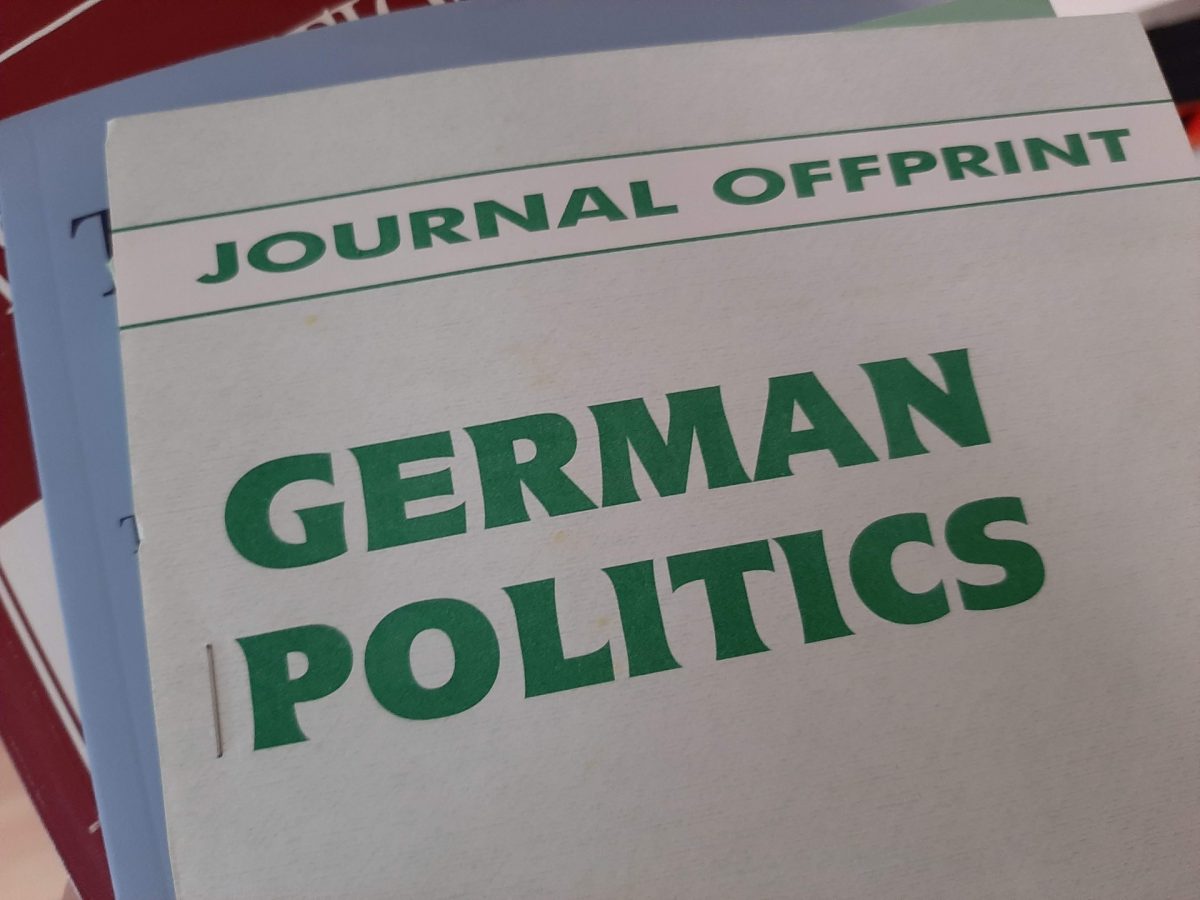Because there is a pandemic, we are improving the home. Because I’ve spent a year in the so-called office (i.e. the box room), the box room office is in particular need of improvement. Because it’s my box room office, it needs an especially good clean-out before there is any possibility of improvement. That’s why I’m unearthing stuff that has sat on these shelves undisturbed for a decade or so, stuff that was already old when it sedimented there.

One of the artifacts I found is an actual offprint. A what? Let me tell you about offprints.
My young Padawan, this you must know: back when the Internet was still vaguely utopian, peer-reviewed publishing was just as rubbish as it is today. But it was rubbish in a far less efficient way.
Manuscripts went back and forth just as many times, but often still in hard copy, otherwise as newfangled and unreliable “email-attachments”. Editorial Manager, ScholarOne et al. existed only as the stuff of future nightmares.
Even then, authors and reviewers received no compensation at all while publishers flourished, although two digits were normally sufficient to measure their ROIs. And that was because journals were (gasp!) physical things. Few people had heard of PDFs at this time, and the idea of publishing proper academic texts online was slightly outlandish, at least in continental Europe.
And so, when you got published, you received a copy of the respective issue, together with ten or twenty offprints: the pages of your article, printed on the actual press using the journal’s regular paper, minus the stuff that came before and after it, plus a printed cover. If the journal was generous (German Politics was not), that cover would be customised with the title of the article and the name of its author. That’s right: publishers exploited us even then, but at least they cared enough to put in a private print run for each and every one of us.
Quaint, I know. But offprints served a purpose or two: You could use them when you applied for a job. They looked certainly better than a photocopy. You could send them to colleagues who might be interested (this is how exhibit 1 came into my possession – a friend gave it to me). Quite often, however, they would end up on shelves and in drawers, because you knew less than 20 people who might be interested and could not afford the postage anyway.
So much paper physically travelling and taking up space, all because we did not have PDFs or, more to the point, a link that allows the first 50 lucky bastards to get past the bloody paywall. It’s amazing how much things have improved.
Do you remember offprints? Do you even have some stashed away in an old cupboard?

Of course, and sometimes these are nice to give to colleagues or students.
There used to be standard offprint request cards (postcards) you could fill out and send, to request an offprint from an author, by snail mail.
I like offprints….